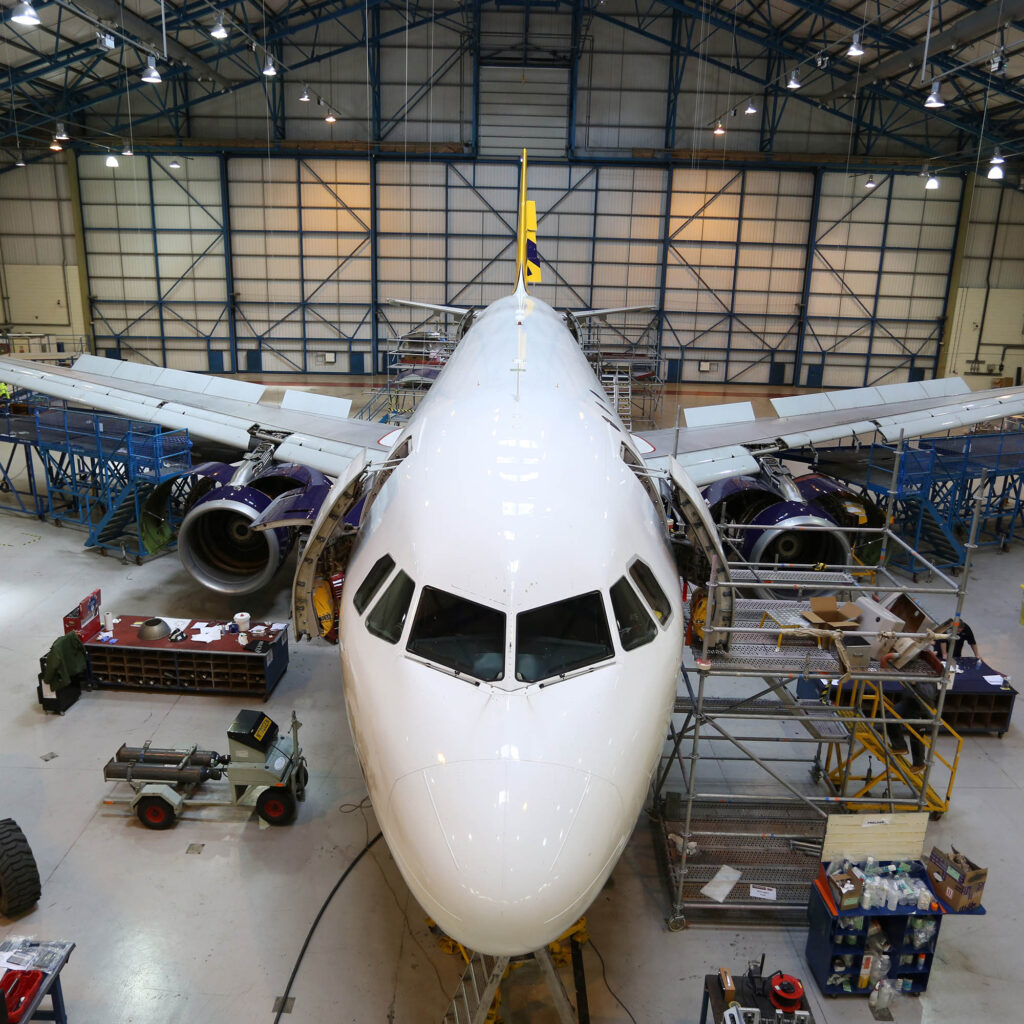The aerospace sector is continually changing, and this can have a direct effect on your company’s operations. An industry that is always changing makes it difficult for legacy business management systems to keep up, which can negatively affect your growth and profitability. The good news is that a solution is just around the corner. Using a single cloud-based platform, ERP for the aerospace industry unifies and automates numerous processes.
What is Aerospace ERP
Managing product design, manufacturing processes, global financial management, industry compliance, supply chain management, and visibility are all made simpler with aerospace ERP software for the aerospace industry by avoiding the need to manage multiple disjointed or out-of-date systems.
Features of the ERP software for the Aerospace Industry
Expense Accounting
You may easily streamline income tax using an aerospace ERP software and a single dashboard (which has automatic payment capability). You can do this to lower costs and boost business productivity.
You may integrate bank accounts with ERP systems, which makes it easier for you to track and confirm various types of transactions in a way that is faster and more effective. This tool, which is also integrated with the bank, is really helpful. An automated report generator will be available to you within a few minutes.
Internationally, the aviation sector is growing. This implies that interaction with other countries throughout the world is unavoidable. Furthermore, it is well known that each country has its own currency. It is ineffective to convert them manually. But don’t worry, the accounting capabilities of ERP can rapidly and flawlessly resolve this issue; ERP will assist in instantly converting the many currencies.
Inventory control
Inventory management is one of the more crucial business processes to optimize for companies in the aviation sector. The ultimate objective is to lower capital invested in excess inventory while avoiding the dangers of lengthy lead times and late deliveries.
Inventory is tracked by MRO ERP software, including when new items are acquired, goods are sold, goods are held on consignment, inventory is sent out for repair, and more. This gives you an overview of the condition of your inventory and enables you to make quicker, more informed decisions.
You can keep track of your purchases of raw materials, the throughput of work-in-progress, and the stockpile of finished goods by having a digital snapshot of your inventory. Companies specializing in aircraft maintenance, repairs, and operations (MRO) are mainly dependent on ERP systems since frequent, unplanned repairs severely hamper supply chain management and operations.
Automation
The focus will shift to how software digitization may streamline aviation tasks and boost productivity with regard to maintenance. The automated elements of ERP are referred to as automation in aircraft management software. The features have several benefits, including improved communication, automated reporting, and a reduction in tedious duties.
With the use of an automated ERP, it is feasible to automate all other activities in the aviation sector, including financial report production, purchase order automation, and expenditure management. By implementing automated procedures, your company can improve efficiency, decrease errors, and increase compliance while also learning more about its customers.
Multiple reports and real-time data
You may use ERP to run analytics and produce reports about how your aircraft firm is performing. Real-time reporting, searches, key performance indicators (KPIs), and dashboards will all be part of the system. With these capabilities’ help, businesses can take practical steps toward making strategic decisions with accurate and current data in real-time, enabling them to plan their firms’ future course of action.
Enhanced data security over time
You can create thorough reports on your firm’s performance whenever you want to use a cloud-based ERP system fitted with cutting-edge technology (business intelligence). Aerospace also facilitates data access and continuously enhances data security, which is another advantage.
Therefore, since all of the data will run securely and safely, you don’t need to worry about the security of the data in your aviation company, wonder about how to improve the data, or worry about how to make future business decisions.
ERP Implementation in the Aerospace Industry

While some ERPs are designed for broad corporate operations, the aviation sector, and notably MRO (maintenance, repair, and operations), has unique requirements.
In addition to more standard outright sales, aviation-focused ERP workflows are tailored for several transactions utilized by component suppliers, buyers, and repair businesses, including exchanges and sophisticated repairs. Additionally, they frequently feature modules for handling legal documents like Form 8130s.
Well-established aviation organizations use ERP systems, which can be challenging to maintain and much harder to abandon. A new aerospace ERP software migration is difficult. However, it might be worthwhile to investigate if it can boost security or productivity.
Your firm’s size and business model play a significant role in deciding which ERP software to adopt for your aerospace business.
Conclusion
If the aviation company uses business intelligence technology hosted on the ERP, it may make informed business decisions quickly. Due to comprehensive reports that can be read from any place, at any time, using any device, and that are based on real-time data from every area of the company’s operation, the aviation sector can make decisions. Only one enterprise resource planning system, ERP, provides access to these functions.
